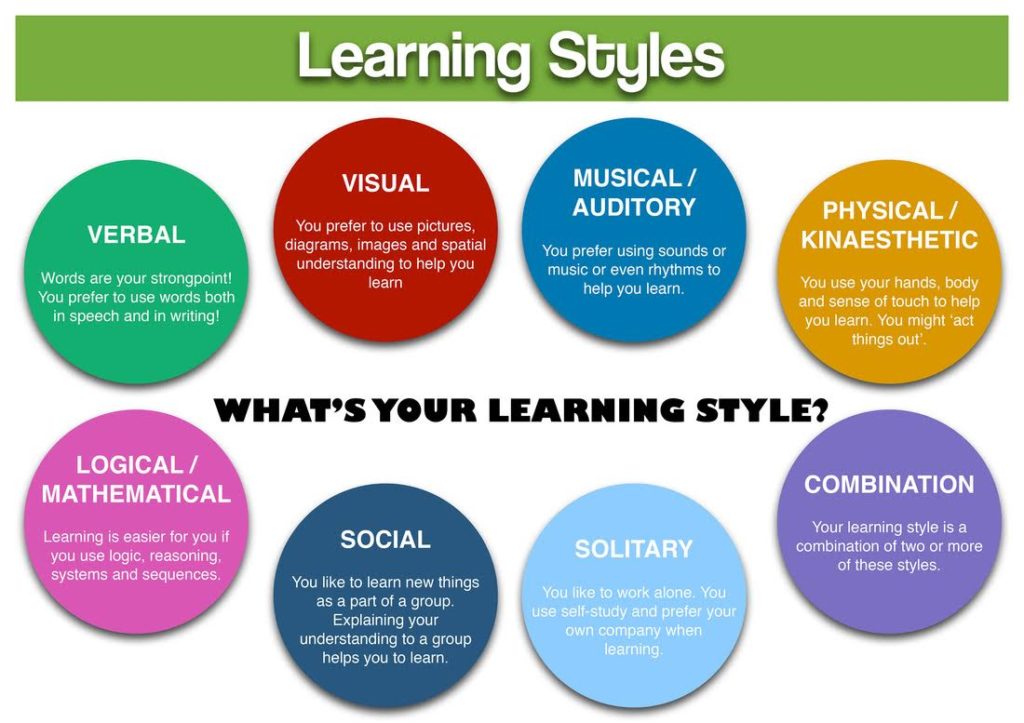Learning Quirks: How Macaroons & Pinterest Made Me a Better Teacher
Learning Quirks: How Macaroons & Pinterest Made Me a Better Teacher
To have a craft means you have something to offer/produce through a skill. To have a craft takes practice, exercise and discipline.
Well… learning is a skill.
Most of us in academia believe the university gave us permission to be the expert in our craft by jumping through their required hoops. Once we are done jumping, we graduate and place our diploma in our office so people can see it and think, “They are legitimate.” I admit I have my degrees hanging in my wall. I paid a lot of money for them. But does that mean I should stop learning?
Instructors Are Learners Too
“Disciplines don’t change. But the way teachers design learning experiences for students must change.”
-John Landis, Apple, Keynote Speaker at the 2017 Directors of Higher Education (DET/CHE) Conference
How do you, as a college instructor, ensure your teaching adapts to meet the needs of your students’ learning? I have found that trying new tools enables me to uncover new teaching strategies. For example, I discovered a new way to learn with Pinterest. My Pinterest venture started with my quest for a single recipe – french macaroons. I was curious to understand WHY macaroon are so expensive, so I decided to learn how to make them. That curiosity led me to Google and Google led me to Pinterest.
Embracing Our Learning Quirks
I am a product of 70’s & 80’s inner-city public school. My K-12 experiences taught me to shut up, have “quiet hands and a quiet mouth.” Therefore, I was a solitary type of learner. I was taught that I should not ask for help, work with others, or speak up. However, using Pinterest gave me a chance to experience the value of socially-constructed online information and put it into my own practice. At first, I was just a Pinterest voyeur. But as I browsed, I began to interact. And that led me to failures and successes, which empowered me to identify the quirks of my own learning. I started clicking on links associated with macaroons and soon I was making macaroons, beignets, soba noodles, my own shampoo, lipstick, deodorant, makeup remove. I became addicted to learning.
I could follow directions no problem, but I discovered much more value in the reviews, tweaks, and suggestions made by other Pinterest users. Through Pinterest, my learning was enhanced by the learning of others. As I was given access to this socially constructed knowledge, I realized I was becoming empowered to understand and value my own individual quirks.
I don’t like salty food.
I don't like very sweet pastries.
I have sensitive skin.
I have thick curly hair.
I’m a quirky gal.
Quirks are peculiar habits. Habits in learning are part of our identity and we all have peculiar ways of learning. Identifying and understanding our own learning quirks can helps us become more empathetic to our students' needs. What kind of learning quirks do students have? Some might identify learning styles as quirks. Here are some learning quirks as defined by the fabulous Howard Gardner. If you want to learn more about Howard's multiple intelligences theory I recommend "Multiple Intelligences: New Horizons in Theory and Practice.”
Applying Learning Quirks to Our Teaching
Now I ask students to identify their own learning quirks. This helps me design my instruction and communicate with individual students. And when I struggle, I use Google for inspiration to empower me to discover more of my learning quirks and disrupt the limited views about learning that are often a result of K-12 experiences. Today, one way I develop my craft in learning is through Pinterest. By learning how to make the perfect macaroon, I tapped into other learning styles I never knew I had.
Join me!
- Learn with me on Pinterest at la_fabi
- Explore my Learning Sherpa Board Pinterest board featuring my favorite education posts.


